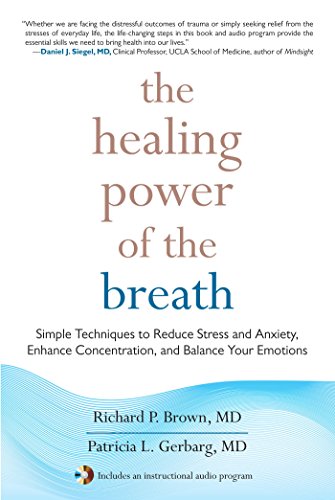
Take a long, slow breath. Really, it’ll help.
The idea that breathing exercises can somehow calm you down is an ancient one—yoga isn’t a recent development, you know. But few people understand exactly how breathing can relieve stress on a physiological level and can even be used to increase workplace productivity.
The answer lies in the autonomic nervous system, which is responsible for the automatic functions that keep our body ticking. While most autonomic functions—such things as heart rate and digestion—are out of our conscious control, breathing is unique in that we can take charge, if desired. Not only that, but invoking different breathing patterns can have a sort of cascade effect, shifting our entire autonomic nervous system between a state of rest and relaxation (scientists call this zone the “parasympathetic” state) and the ready-to-rumble state of fight-or-flight (this is called the “sympathetic” state).
In layman’s terms, different breathing patterns can serve as a quick and often easy way to manipulate your emotional and physiological state in ways that allow you to be calmer, less stressed, and more productive.
Our lungs are filled with receptors that tell our brains whether we are inhaling or exhaling, explained Dr. Patricia Gerbarg, an assistant clinical professor in psychiatry at New York Medical College and co-author of The Healing Power of the Breath. As we inhale, we activate the sympathetic state (the fight-or-flight system). As we exhale, we activate the parasympathetic state (the calm and collected system). This is why yoga-style breathing exercises often involve long exhalations.
“For maximum productivity, you want to breathe in a way that will keep you in the parasympathetic zone so you are calm and stress-free, but not too far into it to the point where your mind is mush,” Gerbarg said.
To achieve office zen, Gerbarg suggests a breathing practice called Coherent Breathing, which features equal-length inhalations and exhalations at a very slow pace, without holding your breath. For most adults, the ideal breathing rate is four and a half to six full breaths per minute1. According to Gerbarg, this technique is ideal because it strikes a balance between the benefits of both the parasympathetic and sympathetic states and can be done with little effort after a bit of training. Studies have also linked it to a reduced stress and increased cognitive performance.
“Begin this type of breathing five minutes before a particularly stressful point in the day, such as a presentation or big meeting,” Gerbarg said. “And while some people just use it when they’re anxious. you get a better benefit when it’s done on regular basis for about 20 minutes a day.”
Of course, it can be difficult to get used to such slow breathing. Gerbarg suggests practicing with a breath-pacing app (popular options include Breathing Zone for iOS and Paced Breathing for Android). If starting at five full breaths per minute proves difficult, start with six before bringing the pace down. New hardware devices such as the Spire clip-on breath and fitness tracker also offer real-time feedback on breathing patterns, which could make it easier to reach goals.
The best part is that unlike some breathing exercises, which are evident to anybody in a room, this technique is relatively discreet after a little practice. Try it any time you are looking for a brain boost or to keep your cool—whether you’re in the middle of a meeting or being peppered with questions during a big presentation.
From: Bloomberg

